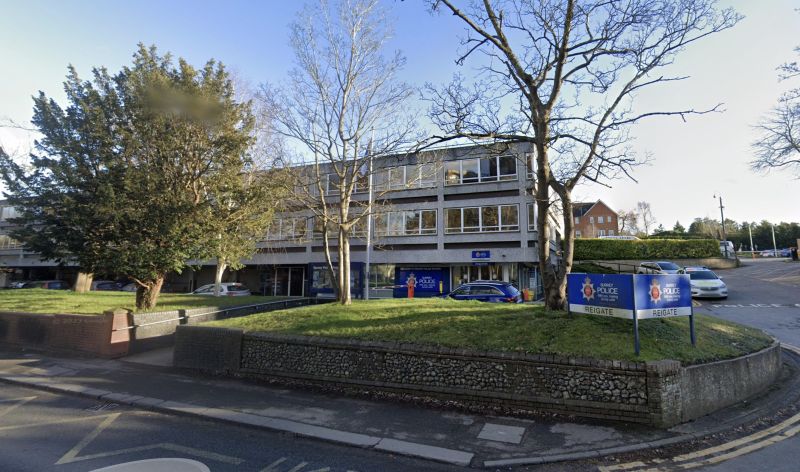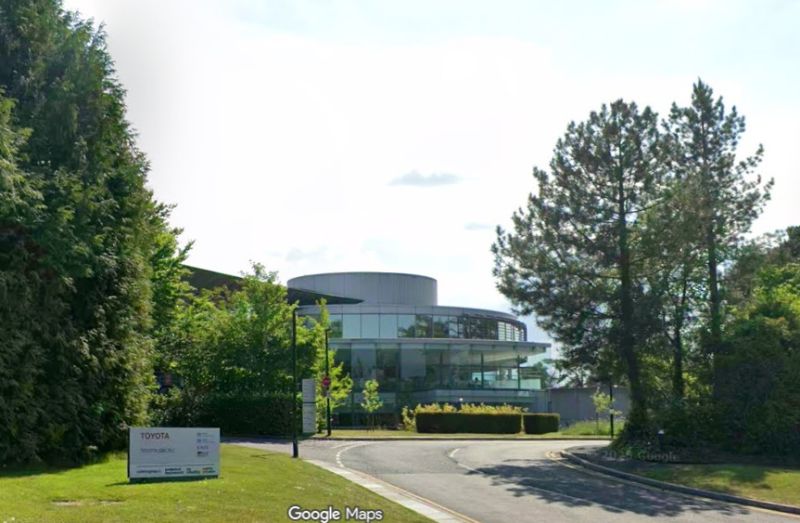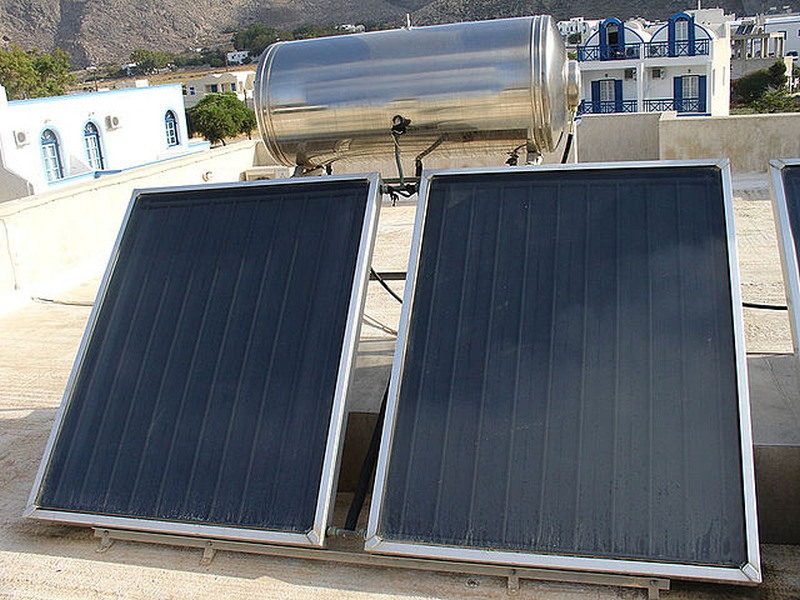£1.1 m boost for Surrey Uni’s solar thermal research
Solar-thermal devices that have the potential to transform how we heat our homes and generate power on a larger scale are being developed by a team led by the University of Surrey. This exciting project has received a £1.1 million grant from the Engineering and Physical Sciences Research Council (EPSRC).
The main goal of this research is to create new designs for surfaces that can selectively absorb sunlight while also efficiently emitting heat in the form of near-infrared radiation. These devices are different from solar cells, which typically convert sunlight into electricity; solar-thermal devices use sunlight to generate heat, which can then be used for driving mechanical engines or converted into electricity.
The research project is led by Surrey, in collaboration with the University of Bristol and Northumbria University and combines their expertise in photonics, advanced materials, applied electromagnetics, and world-class nanofabrication facilities.
Professor Marian Florescu, Principal Investigator from the University of Surrey, said:
“Our project is not just about innovating; it’s about responding to a global necessity. The sun showers us with a tremendous amount of energy every day, far more than we currently capture. By developing these advanced solar-absorbing surfaces, we are opening up new, efficient ways to harness this abundant solar energy. Our goal is to transform how we use sunlight, making it a powerhouse for clean and sustainable energy that meets our growing needs without harming the planet.”
The project has several aims:
- To develop solar absorbers that can work well even at very high temperatures.
- Improve the efficiency of the team’s special solar-absorbing structures. The team plans to build prototype models to demonstrate how well they work.
- To better understand and ultimately improve how these devices handle and perform with the heat they generate from sunlight.
Professor Marin Cryan, Co-Principal Investigator from the University of Bristol, said:
“The University of Bristol has been developing thermionic solar cell technology for a number of years. These use concentrated sunlight to heat materials to the point where thermionic emission of electrons occurs, which can form the basis of high-efficiency, low-cost solar cells. This exciting project will develop very efficient solar selective absorbers, which will be an important component of the overall cell design.”
Dr Daniel Ho, Co-Principal Investigator from Northumbria University, said:
“Northumbria University is at the forefront of thermophotovoltaic research, utilising a specialised microscope heating stage alongside an in-house built Fourier imaging spectroscopy system. This advanced thermal analysis technique enables comprehensive and angle-resolved scattering analysis across both visible and infrared spectrums, even under vacuum conditions and at temperatures as high as 1000°C.
“We are excited to work with our partners to help achieve pioneering developments in renewable energy research.”















